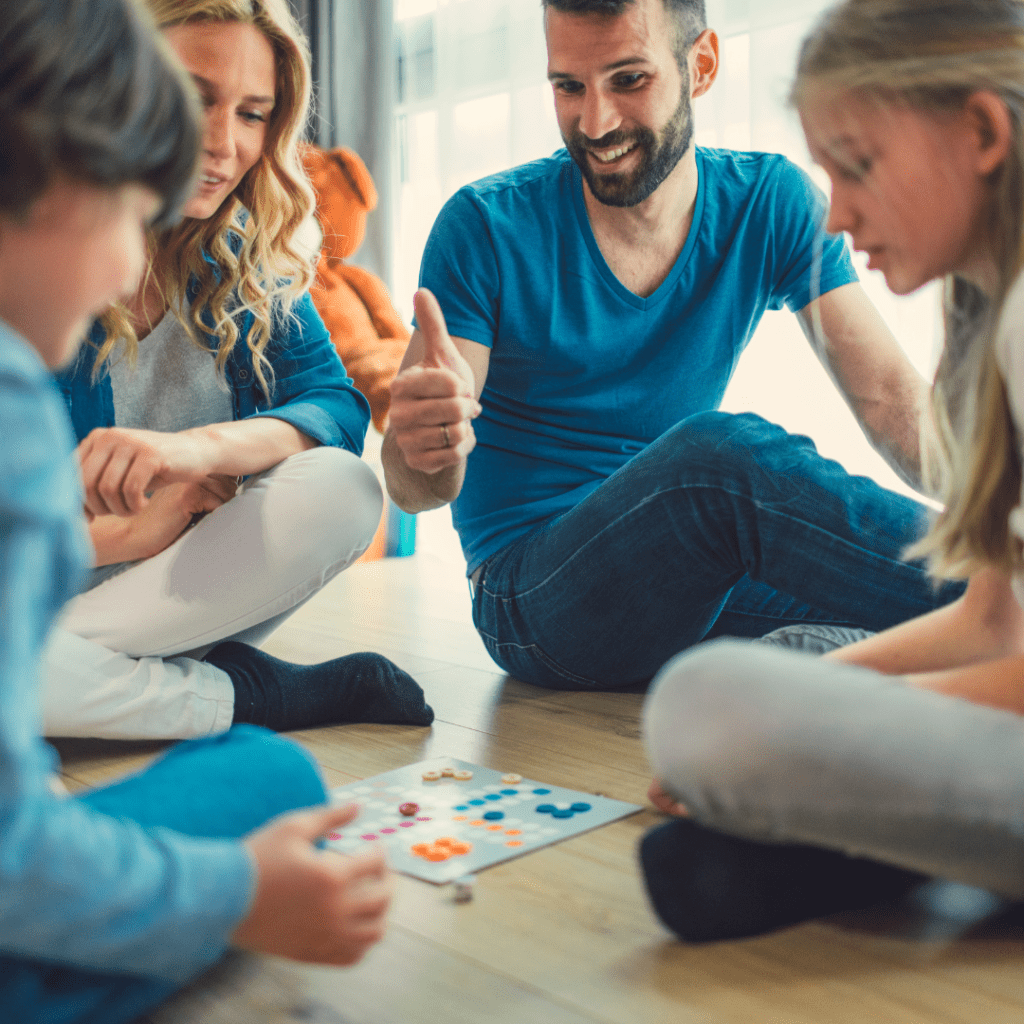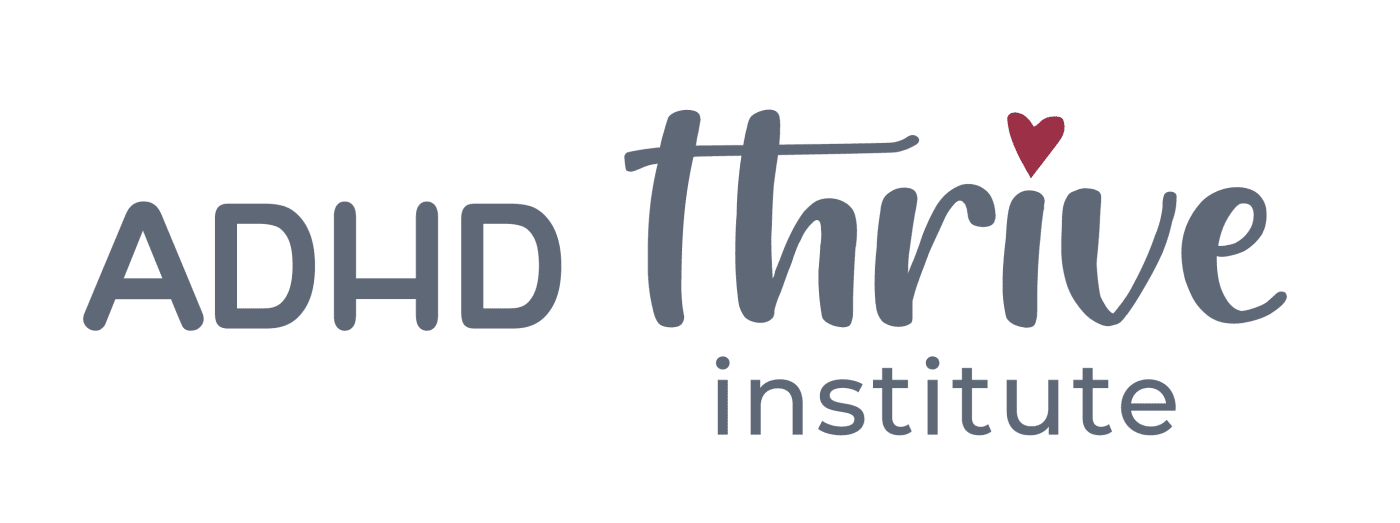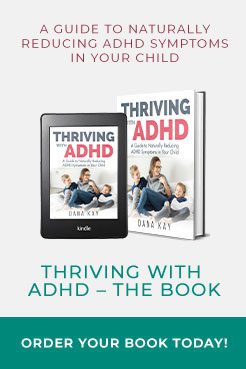Discovering engaging and appropriate indoor activities for a child with ADHD can make a significant difference, particularly on days when outdoor adventures aren’t an option.
In the summer, parents can send their children with ADHD outside to express some of that energy, but that isn’t always an option in the winter or on rainy days.
So what’s a parent to do?
ADHD, with its unique blend of energy, creativity, and spontaneity, calls for activities that are not just fun but also stimulating enough to hold attention and beneficial for development.
This article will provide you with nine awesome indoor activities specifically tailored for children with ADHD.
These activities are designed to harness their vibrant energy, enhance focus, and nurture their inventive spirit, all within the comfort of your home.
Whether it’s a rainy or snowy day or a quiet weekend, these ideas will ensure your child is engaged, learning, and most importantly, having a blast.
Read this article for ideas to transform your typical indoor day into an extraordinary adventure of discovery and fun for your ADHD child.
The Importance of Finding Indoor Activities for an ADHD Child
Children with ADHD often exhibit characteristics such as hyperactivity, impulsivity, and difficulty maintaining attention. Indoor activities tailored to their needs can provide a structured environment where these children can thrive.
Developmental Benefits
- Enhancing Focus and Attention: Activities that require concentration, like puzzles or building blocks, can help children with ADHD develop their attention span. These tasks encourage them to focus on a single activity for an extended period, gradually improving their ability to concentrate.
- Improving Fine Motor Skills: Crafts, drawing, or even cooking can enhance fine motor skills. For children with ADHD, who may struggle with coordination, these activities offer a fun way to develop these essential skills.
- Cognitive Growth: Educational games and activities that challenge the brain can aid in cognitive development. This is particularly important for children with ADHD, who might face challenges in traditional learning environments.
Concentration Enhancement
- Structured Play: Indoor activities that have a clear set of rules and objectives can provide a sense of structure. This structure can help children with ADHD by setting clear expectations and reducing the likelihood of distraction.
- Mindfulness and Relaxation: Activities like yoga or guided breathing exercises can teach children with ADHD how to calm their minds and bodies. This is crucial in helping them learn to self-regulate their emotions and impulses.
Overall Well-Being
- Boosting Self-Esteem: Success in these activities can provide a much-needed confidence boost. Children with ADHD often face challenges in traditional learning and social environments, so achieving success in structured activities can be very affirming.
- Social Skills Development: Group activities, even when conducted indoors, can help children with ADHD develop essential social skills. Learning to cooperate, take turns, and interact in a socially appropriate manner is crucial for their overall development.
- Stress Reduction: Engaging in enjoyable indoor activities can be a great stress reliever. For children with ADHD, who often experience high levels of frustration and anxiety, these activities can provide a much-needed outlet.

9 Indoor Activities for Kids with ADHD:
Suitable indoor activities are not just a way to occupy time for children with ADHD; they are essential tools that aid in their development, enhance their concentration, and improve their overall well-being.
By carefully selecting activities that cater to their unique needs, parents and caregivers can provide these children with opportunities to grow and thrive in a supportive and structured environment.
Here are 9 fun, indoor activities that your ADHD children are sure to enjoy!
1. Creating a Scrapbook
Scrapbooking requires children to pay attention to detail and to the task at hand. It encourages organizational skills as they plan the layout and sort through materials. The creative aspect of scrapbooking is a great outlet for self-expression and emotional regulation. Completing the scrapbook gives a sense of accomplishment, which can boost their self-esteem.
Materials Needed:
A blank scrapbook or a binder with blank pages
A collection of photos
Colorful paper or cardstock
Glue or double-sided tape
Scissors (child-safe)
Markers, crayons, or colored pencils
Stickers, ribbons, or any other decorative items
Steps to Follow:
Start by gathering all the materials in one place. Help your child select a theme or concept for their scrapbook. It could be a recent family vacation, a school event, or a collection of their favorite things. This step helps in channeling their focus towards a specific goal.
Go through the photos together and select the ones that best fit the theme. This process can help your child practice decision-making and organizational skills.
Cut the colorful paper to fit the scrapbook pages, creating a vibrant background. Encourage your child to lay out the photos on the pages before gluing, allowing them to plan and visualize the final look.
Then, using markers, stickers, ribbons, and other decorative items, let them personalize each page. This part of the process can be particularly enjoyable and beneficial for their creativity.
Depending on your child’s age and writing ability, encourage them to write captions or short notes next to the photos.
Remember, the key is to make the experience enjoyable and stress-free. Allow flexibility in how your child wants to approach the task, and offer support and guidance rather than strict instructions.
2. Cooking Simple Meals

Cooking can be a rewarding and educational activity for children with ADHD. Preparing a simple meal like roasted chicken breasts and veggies involves several steps that can help develop valuable skills.
Process of Planning and Preparing the Meal:
Selecting the Recipe: Start by choosing a recipe together. Keep it simple and clear, such as roasted chicken breasts with a side of vegetables.
Grocery Shopping: If possible, involve your child in the grocery shopping. This can help them understand the planning and preparation that goes into a meal.
Preparation: Begin with washing the vegetables and cutting them into even pieces. Let your child assist in these tasks as much as is safely possible. For the chicken, explain how to season it properly.
Cooking: Preheat the oven and guide your child through the process of placing the chicken and vegetables on a baking tray. Set a timer for the cooking, explaining how long it will take and why it’s important to cook the chicken thoroughly.
Safety First: Always supervise and teach them about kitchen safety, like handling hot items and using knives carefully.
Setting the Table: While the meal is cooking, they can set the table. This helps them understand the full spectrum of meal preparation.
Benefits:
✔️ Planning: Choosing the recipe and preparing the ingredients helps enhance planning skills.
✔️ Following Instructions: Cooking requires following the recipe step-by-step, which can improve their ability to follow directions and focus on the task at hand.
✔️ Math Skills: Measuring ingredients can subtly improve their math skills.
✔️ Patience: Waiting for the food to cook teaches patience and the importance of timing.
✔️ Sensory Skills: Cooking engages various senses – smelling the aromas, touching different textures, and eventually tasting the meal.
✔️ Responsibility: Being involved in meal preparation instills a sense of responsibility and accomplishment.
✔️ Creativity: Garnishing the dish or setting the table allows for creative expression.
3. Building a Pillow Fort
Building a pillow fort is an engaging activity for children with ADHD, blending creativity with constructive play.
Begin by gathering pillows, blankets, and chairs. Let your child pick a spot in your home for the fort. Use chairs to form the frame and drape blankets over them for walls and a roof. Place pillows and cushions inside for seating. Encourage your child to personalize the fort with lights or toys.
Benefits:
Building a fort offers many benefits to kids with ADHD. Designing it stimulates imaginative thinking and problem-solving. Arranging materials in a limited space enhances spatial understanding. Making decisions about the design fosters autonomy. Finally, handling the materials aids in motor skill development.
4. Crafting with Clay
Crafting with air-dry or modeling clay is a creative activity that benefits children with ADHD by enhancing their fine motor skills and sparking their imagination.
Begin by preparing your materials. Get air-dry or modeling clay, a workspace, and basic tools like a rolling pin and plastic knives.
Then, encourage your child to warm the clay in their hands and shape it into various forms, using tools for details. Allow air-dry clay creations to dry before painting and displaying them.
Benefits:
✔️ Fine Motor Skill Development: Manipulating clay strengthens hand muscles, improving dexterity.
✔️ Creativity and Focus: Shaping clay allows for imaginative expression and helps maintain focus.
✔️ Sensory Engagement: The tactile nature of clay can be calming and engaging for children with ADHD.
5. Exploring Sensory Boxes
Sensory boxes are an effective tool for children with ADHD to engage their senses and enhance sensory processing.
Begin by selecting a box. Use a manageable-sized box or container. Then fill it. Include various textures and items like feathers, shells, beads, and sandpaper. Consider adding auditory elements like bells or scented items for olfactory stimulation.
One fun idea is to create themed boxes, such as a beach-themed box with sand and shells, for variety.
Benefits:
✔️ Sensory Stimulation: Helps children explore different sensory inputs, aiding in sensory integration.
✔️ Focus and Calm: The act of exploring these textures can be calming and help with concentration.
✔️ Educational: Encourages learning about different materials and objects.
6. Growing Indoor Plants

Engaging a child with ADHD in growing indoor plants can be a fulfilling activity that teaches responsibility and patience.
Choosing and Caring for Indoor Plants:
Selecting Plants: Start by choosing plants that are easy to care for and suitable for indoor environments. Options like spider plants, peace lilies, or succulents are great for beginners.
Potting and Placement: Help your child pot the plants in appropriate containers with proper soil. Teach them about finding the right spot in your home where the plants will get the necessary sunlight.
Routine Care: Guide your child in setting up a routine for watering and caring for the plants. This can include tasks like checking the soil moisture, regular watering, and removing any dead leaves.
Benefits:
Growing an indoor plant teaches responsibility, making it an ideal task for children with ADHD to learn and practice these skills. It also helps kids with ADHD develop patience. Watching a plant grow and thrive over time is a slow process, teaching children the value of patience and the reward of seeing their efforts pay off. Finally, indoor gardening can foster a connection to nature and offer a calming effect, beneficial for children with ADHD.
7. Playing Board Games

Board games like Monopoly or Risk offer much more than just entertainment.
Here are some of the skills they teach:
Strategic Thinking: Games like Monopoly and Risk require planning and strategy, which can help children with ADHD improve their decision-making and problem-solving skills. They learn to think ahead, consider consequences, and adapt their strategies as the game progresses.
Social Skills Development: Board games provide an excellent opportunity for social interaction. They teach children how to take turns, follow rules, and cooperate with others. It’s also a chance for them to practice managing emotions in both winning and losing situations.
Attention and Concentration: Engaging in a board game requires focus and attention to detail, from reading cards to calculating moves. This can help children with ADHD practice sustaining their concentration over an extended period.
8. Setting up an Art Gallery
Creating a home art gallery with your child’s artwork can be a delightful way to decorate your space and boost their self-esteem.
Guide to Setting Up a Home Art Gallery:
Collect Artwork: Gather various pieces of art your child has created. These can range from paintings and drawings to crafts and sculptures.
Choose the Right Frames: Select frames that complement the artwork. You can involve your child in this process, letting them choose frames that they feel best showcase their work.
Pick a Space: Decide on a specific area in your home for the gallery. It could be a hallway, a section of the living room, or even their bedroom.
Arrange Art Thoughtfully: Plan the layout before hanging the artwork. Consider the size and color of each piece and how they look together.
Hang with Care: Make sure the art is securely and safely hung. For heavier pieces, ensure they’re anchored well to avoid accidents.
Gallery Opening: Once everything is set up, have a small ‘gallery opening’ with your family to celebrate your child’s creativity.
Benefits:
Seeing their artwork displayed prominently can give children a sense of pride and accomplishment, enhancing their self-esteem. This activity can also foster an appreciation for art and creativity. Involving the whole family in setting up the gallery and celebrating the artwork helps strengthen family bonds and gives the child a sense of belonging.
9. Playing Music Together

Introducing a child with ADHD to music-making is both enjoyable and beneficial for their development. Start with user-friendly instruments like bongos or maracas.
Experiment with different genres and encourage singing along and improvisation.
Set a routine for regular musical activities to enhance engagement and skill development. One way to do this is to incorporate music into your regular family rituals.
Benefits:
✔️ Improves Coordination and Rhythm: Playing instruments helps with hand-eye coordination and rhythm understanding.
✔️ Encourages Emotional Expression: Music offers a creative outlet for emotions.
✔️ Increases Focus: Concentrating on music can improve attention spans.
✔️ Stress Reduction: Engaging in music can be relaxing and fun, providing stress relief.
Where to Find More ADHD Resources
Here at the ADHD Thrive Institute, we know that raising a child with ADHD can be tricky. This is especially true for those cold winter months when many families are stuck indoors!
We are dedicated to providing comprehensive guidance and strategies specifically tailored for families and individuals dealing with ADHD.
Whether you’re looking for expert advice, practical tips, or a supportive community, we offer a wealth of resources to assist you. If you’re just starting on your journey, I would recommend two things:
- Read this article about natural remedies to reduce ADHD symptoms.
- Watch our , where you can discover proven strategies to reduce ADHD symptoms, sometimes in as little as 60-90 days.
These resources will help support you on your journey!







